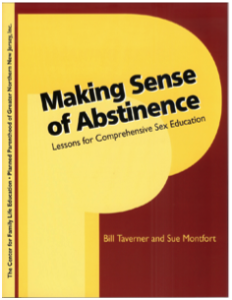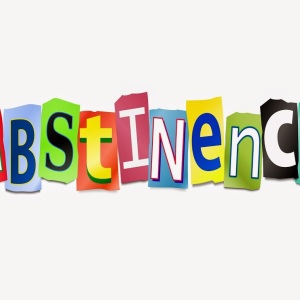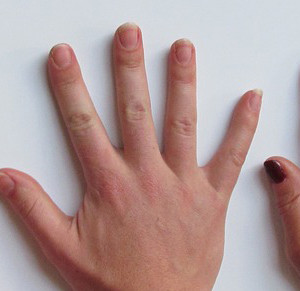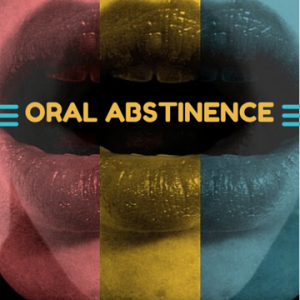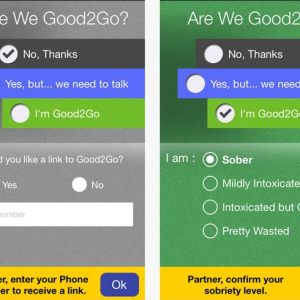I live in Texas – one of the United States’ deep, smelly armpits of sexuality education. While we do seem to be improving, our curriculum is nothing like that of our fellow countrymen in Oregon or New York.
All of which is to say: sexuality education around here can be something of a farce. A classic example is one superintendent of a small school district around here who claimed that students in his district didn’t require sexuality education because they all lived on farms and learned all they needed to know there. (Yep. Because pigs frequently concern themselves with consent and contraceptives.) For some examples of the horrific curricula that have actually been taught in Texas schools, take a look at an old blogpost of mine from 2011. It’s really horrifying, so proceed with caution
So in honor of my roots, deep in this Lone Star State, I’m going to spend this week talking about Making Sense of Abstinence. The first lesson in the manual is titled for the manual:
_____________________________________________________________________
Making Sense of Abstinence
by Bill Taverner and Sue Montfort
Objectives:
Participants will:
1. Define sexual abstinence for themselves.
2. Consider reasons for using or not using abstinence.
3. Understand that abstinence is a conscious choice for any time and for any duration.
4. Consider the possible benefits and drawbacks to choosing abstinence or sexual intercourse.
Rationale:
Young people need to know that abstinence is a far more complex, difficult concept than it is often portrayed as being. Abstinence is a decision about sexual behaviors that a person may make throughout his or her life. It is a choice made at a specific time in a specific situation, for a specific period of time, whether one is in a partnered relationship or not. Among other things, young people need to come to terms with how they each define abstinence, their reasons for choosing or not choosing abstinence, how and when they will communicate with existing or potential partners about their decisions and how they will commit to and carry out their sexual decisions.
_____________________________________________________________________
Did you take a look at those lesson plans on my website link? Because if you didn’t, you should go watch those videos and then come back here to finish reading. It’s important to see just how bad – how damaging – the messages provided through abstinence only sex education are so that you can compare this lesson plan’s ideology to them with full awareness.
Bill and Sue’s lesson includes things like nuanced discussion over whether a person can masturbate and still be considered abstinent. It also includes a surprisingly long list of definitions of abstinence from a wide range of sources. A few among the many are:
“Abstinence is…meaningless to women who are coerced into sex.”
– Thoraya Obaid, Executive Director, United Nations populations Fund
“Abstinence is…making love without having intercourse. It is the most effective form of birth control, has been used for centuries and is still very common.”
– The New Our Bodies, Ourselves
“Abstinence is…not having sex play with a partner.”
– www.teenwire.com
“Abstinence is…putting your energy to GOOD use.”
– Sex Respect: The option of True Sexual Freedom
Using these definitions as a guide, what would you say abstinence is? Can someone masturbate? Perform and/or receive oral sex? The quotes leave much to be desired in clarity – and so young people are also generally confused about what exactly this means. How do you define abstinence for your students? We’d love to hear your understanding and definitions of abstinence – or your pedagogical approaches to teaching about abstinence – leave your thoughts here in the comments section!
(It should be noted that I love Texas. I am, in fact, on of those people who is avidly pro-Texas, even while I name and call out the rampant bigotry, the deeply problematic relationship between the religion and the government, and the other painful parts of Texas. But there is much to love too. I’ll save that list for another time!)



